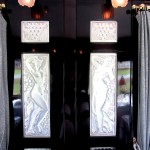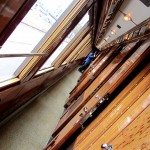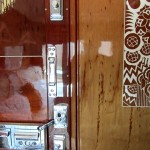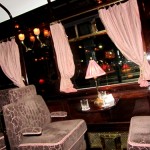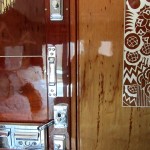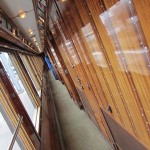
The term public art refers to works of art (in any media) that have been planned with a specific site in mind – usually installed outside and visible to all.
The need to display art in a public place is usually driven by the ego of a local authority or prominent business or public figure within in a community. Placing grandiose statements within a town or city is seen as a way of increasing the importance of a place. There is a misconception that art elevates and rejuvenates an area – this is incorrect. There is more bad public art than there is good – out of proportion statues of footballers for an example.
The public art I like is the simple three-dimensional representation of company logos – signage is great public art.
The term public art is especially significant within the art world, amongst curators, commissioning bodies and practitioners of public art, to whom it signifies a particular working practice, often with implications of site specificity.
Image above – Puerto Calero – Lanzarote
I have no idea what the sculpture placed in the entrance to Puerto Calero marina is all about (I don’t really need to) I love the way it simply sits there and is being obscured by the trees.
This image was taken using a Pentax P30 SLR film camera. The film used was Fujicolor C200, a budget-priced film (expire date April 2014) processed by Jessops in Barnstaple. The negatives were scanned using an Ion Pics 2 SD.
The beauty of using 35mm film cameras and film is not knowing what you have taken a picture of straight away – the final image is a process of design, skill and chance. The chance element is the big buzz … Continue reading ?



